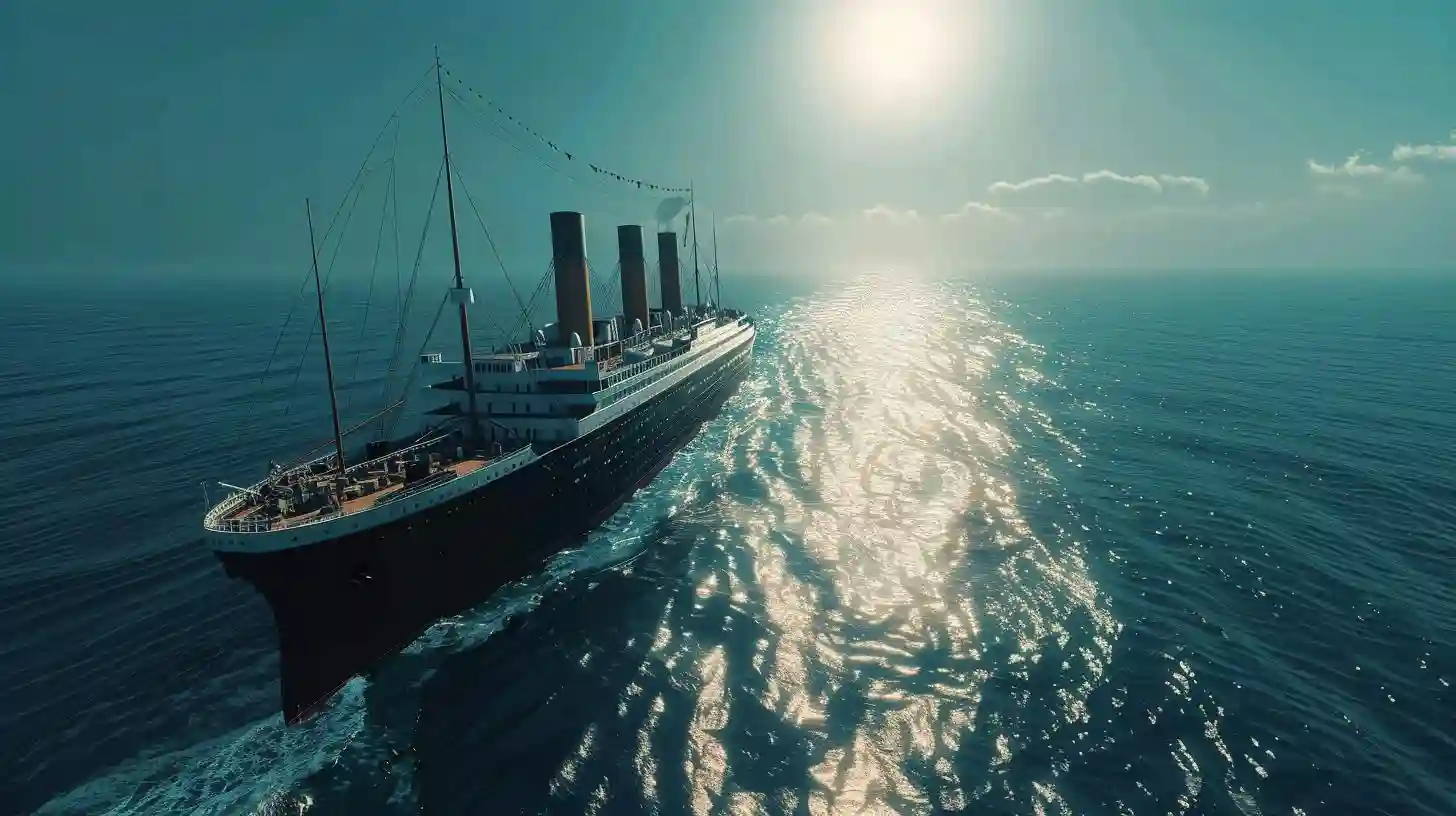
The sinking of the Titanic on April 15, 1912 remains one of the most tragic maritime disasters in history. A luxury ocean liner touted as "unsinkable" struck an iceberg on its maiden voyage across the North Atlantic, killing more than 1,500 passengers and crew. The sinking of the Titanic captured the attention of the entire world and has since become a cautionary tale about arrogance, courage, sacrifice and the fragility of life.
The Titanic's design and construction were revolutionary for its time, boasting the latest in maritime technology and luxurious accommodations. The ship was equipped with a double hull, watertight compartments and modern communications systems that were supposed to ensure the safety of passengers. However, the size and speed of the Titanic also contributed to its downfall, as the huge ship was unable to maneuver quickly enough to avoid the iceberg that would ultimately seal its fate.
The sinking of the Titanic was a difficult ordeal for all on board, as passengers and crew were faced with a sudden and catastrophic event that threatened their lives. In the chaos that followed, there was courage, dedication and sacrifice as people worked together to help others and keep them safe. Many passengers helped each other into the lifeboats, and crew members worked tirelessly to launch them and lower them into the icy water. The bravery and heroism displayed in the final hours of the Titanic is a testament to the human spirit in times of crisis.
The aftermath of the Titanic disaster became a time of mourning, reflection and investigation. Families of the victims mourned their loss and survivors struggled with the trauma of the ordeal. The sinking of the Titanic also prompted an investigation into the causes and circumstances of the tragedy, leading to reforms in maritime safety regulations and practices. The lessons learned from the Titanic disaster have had a lasting impact on maritime safety and have helped prevent similar tragedies from occurring in the future.
The story of the sinking of the Titanic has captured the public imagination for more than a century, inspiring numerous books, films and documentaries that seek to uncover the truth about the tragedy. Countless theories have been proposed to explain why the Titanic sank, from design flaws and human error to the icy conditions of the North Atlantic. Each interpretation adds to the rich legacy of the Titanic and serves as a reminder of the fragility and resilience of the human spirit.
The sinking of the Titanic is a tragic event that will forever remain in the annals of history. The deaths of more than 1,500 people serve as a stark reminder of the consequences of arrogance, complacency and a disregard for safety. The bravery, sacrifice and heroism displayed in the final hours of the Titanic are a testament to the best of humanity in the face of unimaginable tragedy. The lessons learned from the Titanic disaster shaped modern maritime safety practices and continue to shape our understanding of risk, responsibility and resilience. The story of the Titanic is a reminder that even the greatest and most powerful creatures can be defeated by the forces of nature, but it is also a testament to the resilience of the spirit and the strength of the human heart.